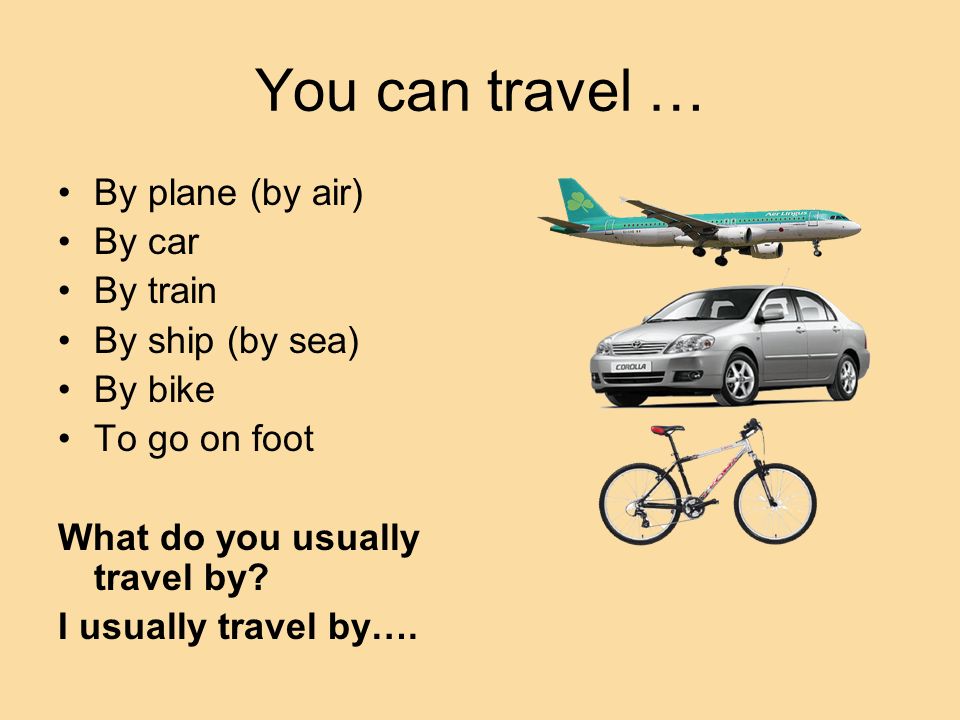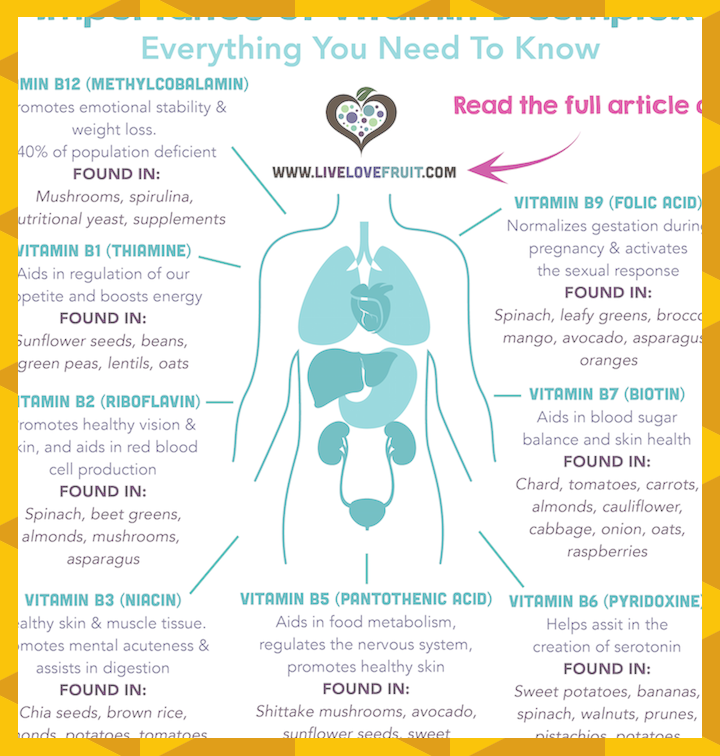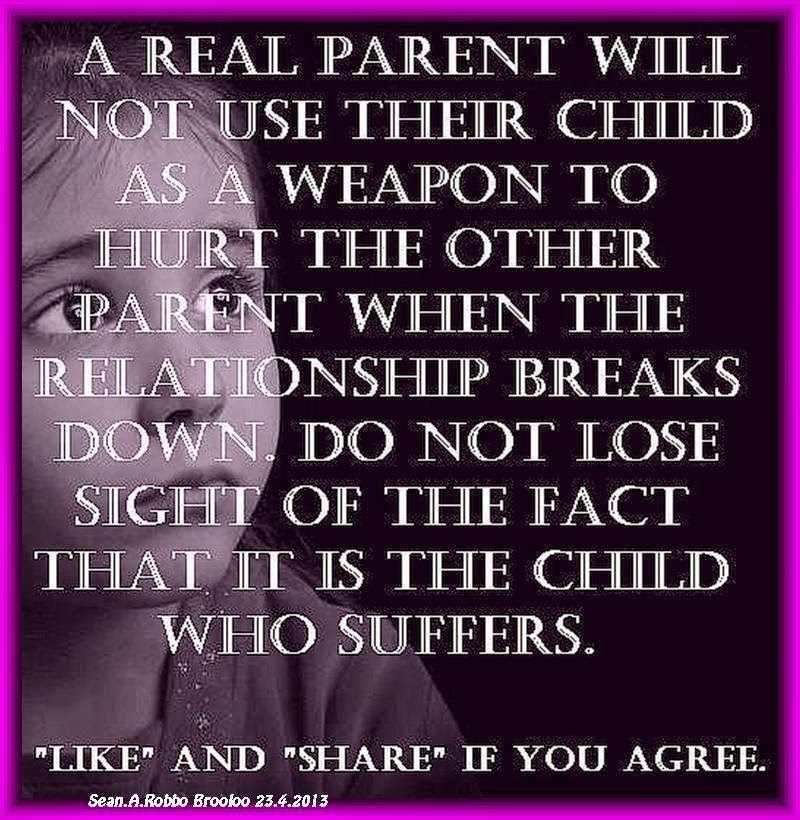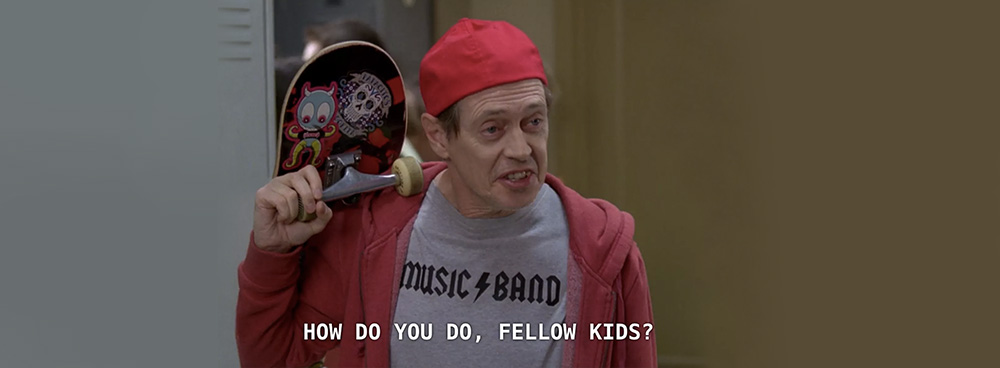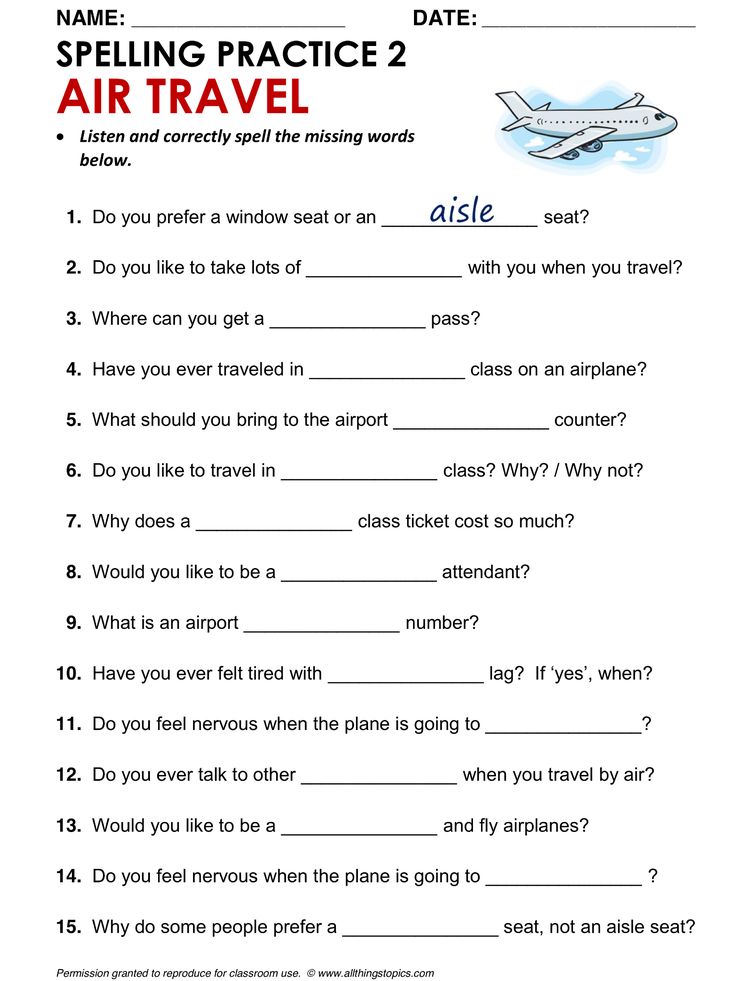When is it safe to travel with a newborn by plane
When is it safe to travel with a newborn by plane, car or train?
(Photo credit: Gabriel Kiener via Unsplash)
Not only is it safe to travel with most newborns, here’s some even better news: You and your family don’t have to give up on your travel dreams.
"People were telling us, ‘Your traveling days are over,’ and my husband and I were like, ‘No way!’” says Celine Brewer, who with her husband Dan created the highly popular and informative Baby Can Travel blog and Instagram site.
“So we made a promise while I was pregnant that if our baby was healthy we were going to do a trip as soon as we could.”
Their daughter was three months old when they took her from Canada to Barcelona. Since then, the Brewers have had one more baby and kept their promise to keep traveling with their kids, now five and three.
Here are three of the most popular ways to travel – car, train, and plane – and some of the best tips for safe travel with a newborn, from the Brewers and other family travel experts.
Photo by Margo Brodowicz on Unsplash
When is it safe to travel with a newborn baby by plane?
In general, doctors recommend you wait to fly until your baby’s immune system is better developed. This could be as soon as one month for full-term infants, though most doctors recommend anywhere between three months and six months.
Premature babies or babies with heart or lung problems may have difficulty breathing because of the lower air pressure in an airplane cabin. If that’s your child, talk to your pediatrician before flying.
Airlines differ in their policies on infants flying. On Delta, a baby has to be more than one week old to travel. Younger infants can travel with a doctor’s permission. JetBlue lowers the standard to three days old.
United refuses to allow a baby younger than seven days old onboard under any circumstances. United also bans infants in incubators.
No matter what, if planning to travel with baby on board, always check with your pediatrician first.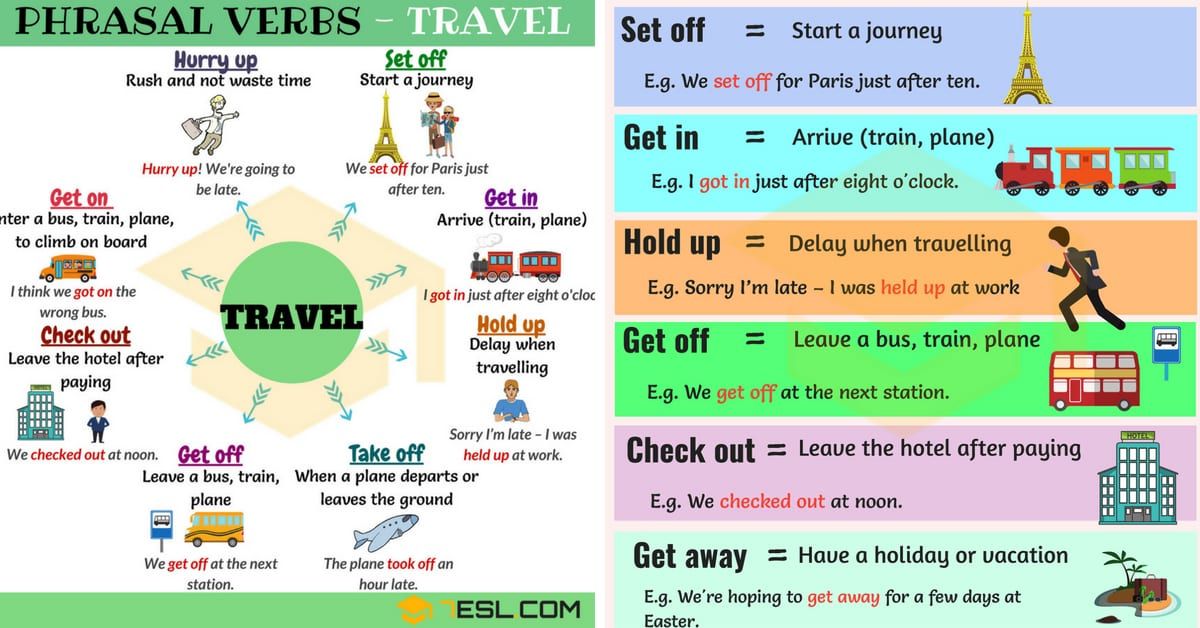
Because of the difficulties inherent in booking flights for an entire family, including a newborn, it also makes sense to look into flight protection, in case flights are cancelled or delayed, or if flight issues cause you to miss a connection.
(And should you actually decide to cruise with a newborn, Berkshire Hathaway Travel Protection can cover that as well.)
Tips for flying with a newborn
Flying with a newborn can be challenging for everyone – parents, fellow travelers, and the baby. However, with a little advance prep everyone can get through it just fine. Here are some tips to ease the stress of flying with a baby.
Don’t forget the birth certificate and passport
A birth certificate can establish that an infant is young enough to fly on your lap – or old enough to fly, period.
When traveling outside the United States, babies need their own passport, just like every other family member.
However, a passport requires a birth certificate, and you probably won’t get a birth certificate the day your baby is born.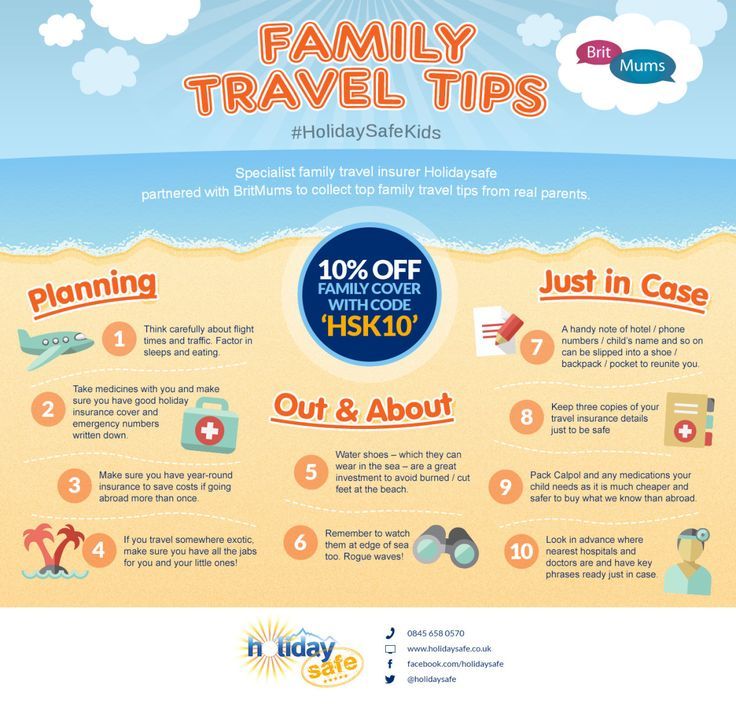
While you’re waiting for the birth certificate to be processed, fill out the passport application and take your baby’s passport photos.
These aren’t typical passport photos. You’ll want to put your baby on a white sheet and shoot from above.
Can you shoot an acceptable photo on your phone? Probably. The passport agency is often more lenient with infant photos.
As soon as you get the birth certificate, apply in person at the nearest office that accepts passport applications. If necessary, pay extra to expedite the application.
If you live near a passport agency, make an appointment there instead. It’s the fastest way to get a passport.
Make smart reservations
Book early and/or pay extra so you’re not stuck in middle seats.
Be aware of your baby’s routines, especially bedtimes and nap times, and look for flights when your baby is more apt to sleep.
Question bringing everything
When you pack, ask yourself if you have to bring along 1,500 diapers, a gross of wipes, or even such seeming essentials as a stroller or car seat.
“Don’t overpack,” Brewer emphasizes. “You’re going to have enough to deal with with your baby without having to worry about all your stuff. Have changing and diaper stuff at the top of your bag so it’s easy to grab, but don’t bring too much stuff.”
As for not bringing a car seat or stroller, the Brewers looked for locations where they could rent these items or leave them home. When they did, Celine Brewer says, “we were like, ‘Ah! This is amazing!’”
But don’t forget the go-tos
“You can basically get through with wipes, food, and diapers,” Brewer says, “but the other thing I would always bring is one of those really big, lightweight cotton swaddle blankets. We’d use it for everything – for a nursing cover, to lay on the ground, to put the baby on, and so much more.”
Bring the fuel
Newborns can easily get dehydrated when they’re in the dry atmosphere of an airplane cabin. You know what your child wants/needs, so make sure there’s plenty of it.
If you’re breastfeeding, staying hydrated is a must; if you’re pumping, pump extra and keep it on hand.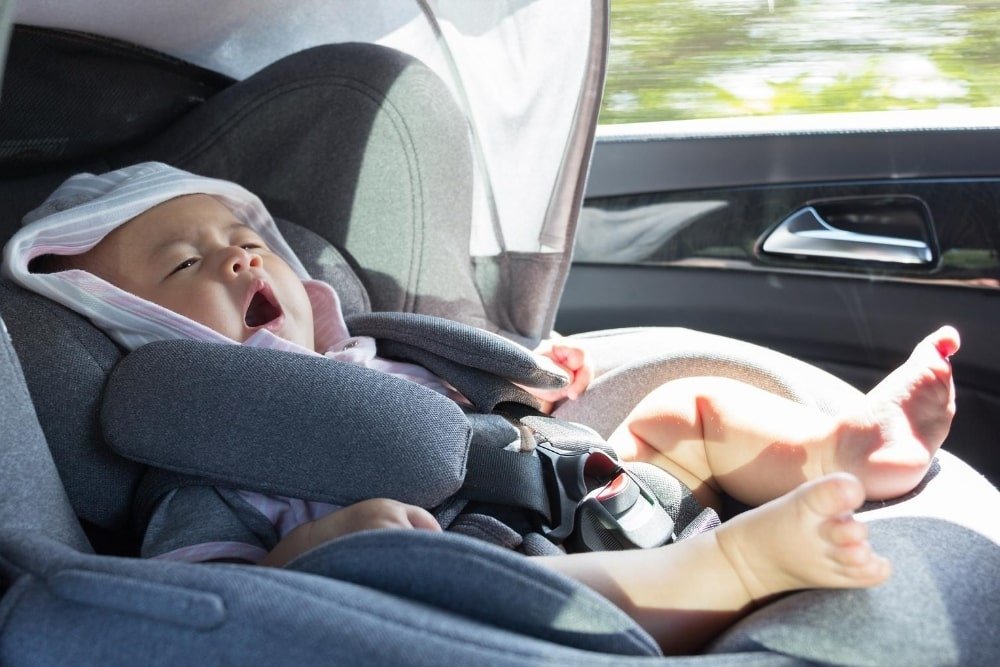 Always be prepared for the worst-case scenario.
Always be prepared for the worst-case scenario.
Expert tip: The TSA’s 3-1-1 rule doesn’t apply to formula, breast milk, and juice. Just make sure you have liquids in a baby bottle. Also, freeze packs, liquid or gel teethers, and baby food are allowed in your carry-on.
Board strategically
Take full advantage of the early-boarding invitation for passengers, but don't actually board your baby.
If you can spare the hands, send an adult on to prep the seats, stow the diaper bags, and arrange swaps if necessary. Then board your baby at the very end of the line to avoid the stampede.
Suck at takeoff
Babies do well with nursing or taking a bottle at takeoff, so the closer you can synchronize takeoff time and feeding time, the better. A pacifier is also an option for baby during takeoff.
Make friends with the flight attendants …
“… because guess who can help you along the way?” Brewer says. “I’ll even make friends with the people who are waiting at the gate. Get your baby smiling and happy, so all the people will go, ‘Aw – sweet thing!’”
Get your baby smiling and happy, so all the people will go, ‘Aw – sweet thing!’”
The more allies you can have on your side the better, in other words.
Let someone (or something) else handle your bags
Curbside check-in and/or a skycap will make luggage handling much less of a chore. Tip accordingly ($1/bag is standard).
If you’re bringing a stroller, buy an umbrella stroller you won't mind losing. If you're traveling with your child on your lap, call the airline ahead of time to confirm rules about strollers, car seats, and carry-on luggage.
You’ll quickly learn that strollers can double as luggage carriers. Check yours at the gate and grab it when you head to your next destination, and fill it with stuff along the way, if you’re not using it to tote Junior.
You may be pleasantly surprised by the baggage allotments provided to children flying in-lap, since a child is not counted as your own carry-on.
Keep lots of wipes on hand
Is there anything that baby wipes can’t do, other than actually change the diaper for you?
“Bring along wipes for a good cleanup if you’re in an airport or on an airplane – they’re some of the filthiest places you’ll find,” says award-winning travel advisor and blogger Cat Zuniga. In addition, baby wipes let you make a quick wipe-down on a messy baby.
In addition, baby wipes let you make a quick wipe-down on a messy baby.
Baby wipes also work on grownups, who sometimes feel like they could use a hose-down after an encounter with a baby’s diaper.
Apologize
“You can’t stop your baby from crying on a plane any more than you can at home,” Brewer says. “Babies and toddlers cry; that’s what they do. And sometimes we have to accept that people around us are going to be unhappy about that. But if you’re doing your best to soothe your baby, what more can people ask for?”
Not much more than a simple apology. When you sincerely apologize in these situations, you're more likely to get sympathetic nods instead of hostility.
Photo by Jack Anstey on Unsplash
When can a baby safely travel by train?
What goes for flying with a baby applies to taking a newborn on a train. First and foremost, always check with your pediatrician.
HCA Healthcare notes, “The doctor may recommend that your baby avoids crowds if he or she is younger than three months old. This is because a newborn’s immune system is not fully developed yet, so colds and other infections are more likely to occur. Before you plan your baby’s first trip, it is a good idea to talk to the doctor to be sure that it is safe.”
This is because a newborn’s immune system is not fully developed yet, so colds and other infections are more likely to occur. Before you plan your baby’s first trip, it is a good idea to talk to the doctor to be sure that it is safe.”
Tips for train travel with a newborn
Wear your baby
Especially on a train, where walking-around time is a big part of the experience, a soft carrier (from brands like Ergo, Baby K’Tan, and LILLEBaby) is a must. You can move around more naturally and easily, and your baby loves it!
Your movement plus the train’s movement is a sure-fire sleep-inducer – one more reason why train travel is a great idea for the youngest travelers.
Some people don’t like the feel of a sling and prefer a harness that lets your baby face front. If you’re a first-time parent, try both before you buy.
Store your luggage – just don’t forget about it
One of the great things about a train is there’s plenty of room to store things like umbrella strollers and backpacks.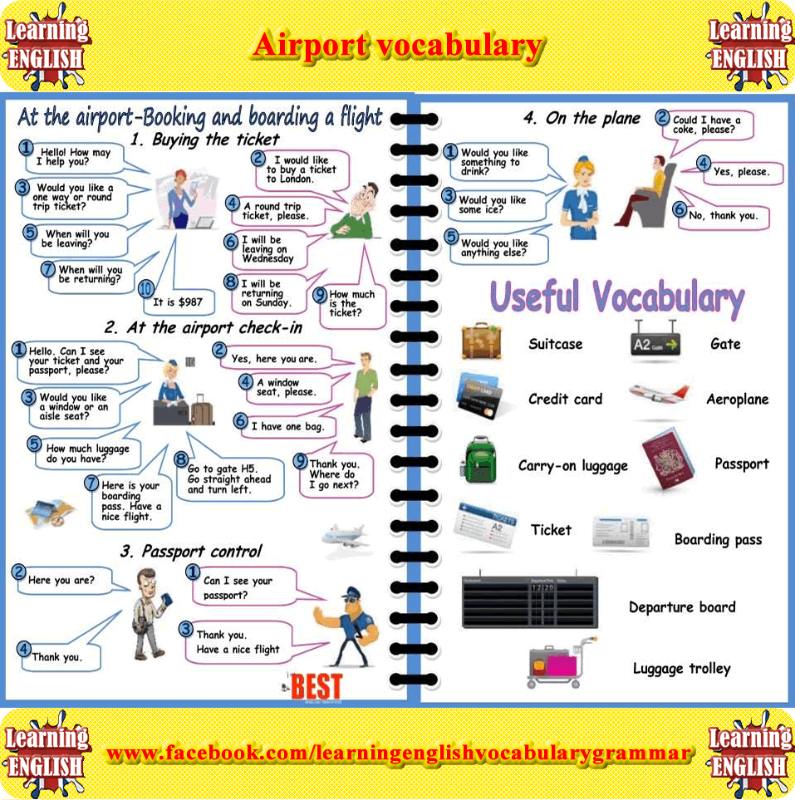 One of the problems is there’s so many different places to store things that you could forget.
One of the problems is there’s so many different places to store things that you could forget.
It may sound like overkill, but if you have items tucked away here and there on a train, take pictures and refer to them when it’s nearly time to deboard.
Research your train ahead of time
“Do your research in advance, because some train cars can be specifically designated as a family car, with things like changing tables in the bathroom,” Brewer says. “We took a train from Oslo to Bergen, and the family car had a play area in it. It was amazing!”
Lean on the staff
Long-haul trains are fully staffed with extremely helpful people. Let them remove some of the stress of train travel.
If you have formula or breastmilk that needs to be refrigerated, let them know as soon as you get on. Similarly, let them know if you need a bottle heated.
Redcaps are also invaluable when it comes to getting all your bags and seats and strollers on and off the train.
Finally, tips of a couple dollars here and there go a long ways toward ensuring that the staff will be at your beck and call.
Get on and off promptly
The most stressful part of train travel with a newborn is getting on and off the train.
Know where and when you’re getting off, and prepare early. Gather together all your items and be ready to jump off when the doors open.
If you’re traveling with a full load, enlist the staff’s help. Put one person in charge of baby and all her immediate needs, and another in charge of the collateral stuff.
After you’re out, take a quick inventory. If something’s missing, alert the conductor immediately. They have the power to hold the train until everyone – and everything – is off.
Learn More About our Travel Insurance Plans
Photo by Dino Reichmuth on Unsplash
When can a baby safely travel by car?
Your newborn probably arrived home by car, so there are no real restrictions on road trips, other than the general reminder about immune-system development.
However, everyone will probably need a break every hour or so for feedings, changings, and cuddling.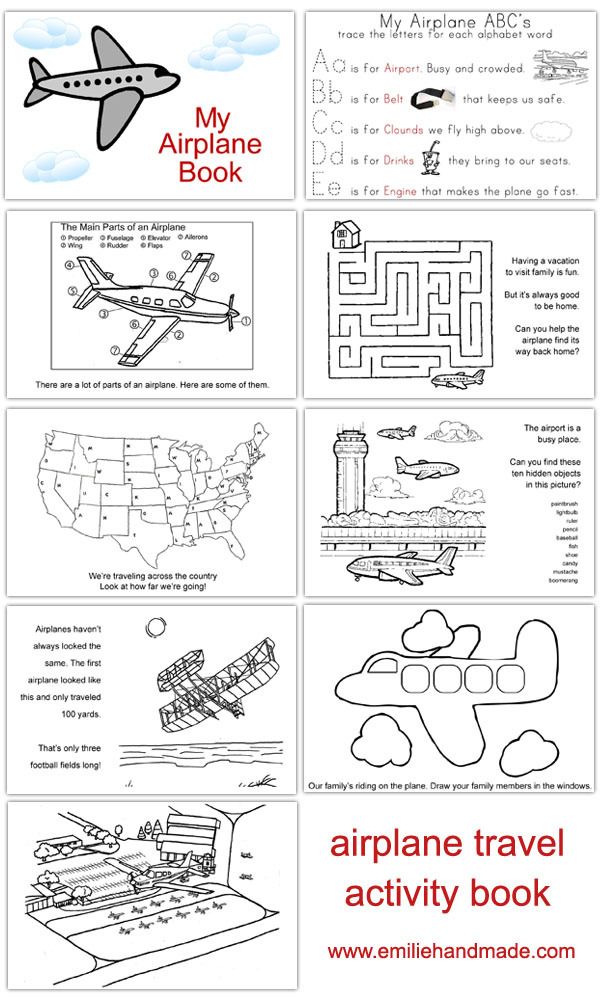
Tips for driving with a newborn
Drive in comfort
If there’s such a thing as a sleep schedule, try to plan car travel to coincide with sleep time.
“We’d get up at 4 or 4:30, wake up our baby, put her in the car, and get a big chunk of our driving down first thing in the morning,” Brewer says. “She didn’t always go back to sleep, but she was always very quiet and content. Then we’d stop for lunch, and finish up the drive during her nap.”
Dress infants comfortably – loose clothing or pajamas, and blankets – and use removable window shades to keep off the sun.
Keep in mind that ideal car-sleeping temperature is cooler than you might expect; adjust the climate control accordingly.
Take practice trips
To get an idea for what works for your little one when on the road, take several short day trips or weekend getaways in advance of a big trip.
Zuniga says these trial runs are important “because they’re going to tell you what supplies you should pack, how long your newborn can last in a car seat, and what’s going to drive you nuts.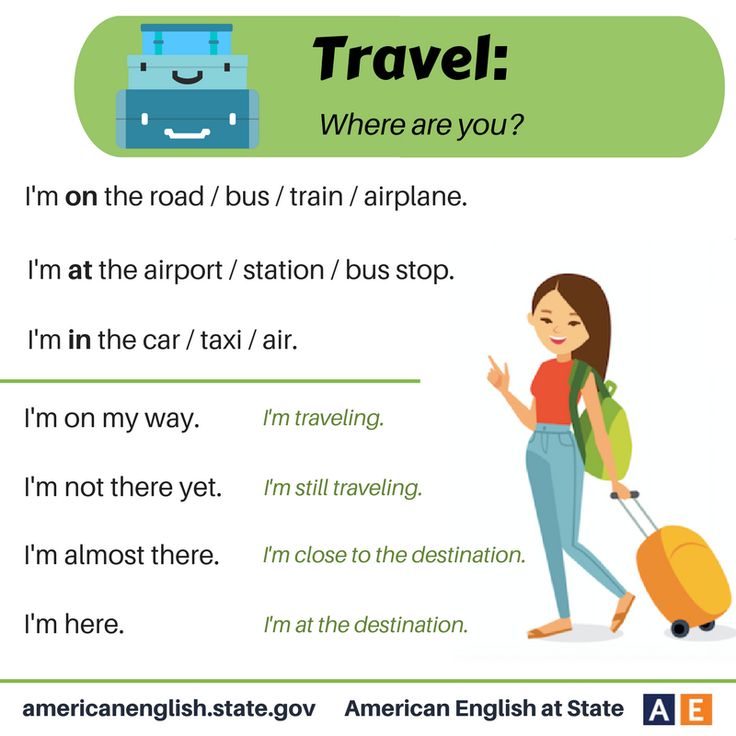 ”
”
Pack sounds
Music should be plentiful and dependable. You can have a playlist on your phone with kids' favorites, but that can burn data and/or suck battery life.
If you’re driving and your car stereo supports it, load MP3s onto data CDs. That will get you 100 to 150 tracks per disc –more than enough for any road trip. You can gingerly retake control of the playlist once baby has nodded off.
If you need some white noise for bedtime, use RainyMood.com or download the RainyMood app.
General tips for traveling with newborns
Be prepared to wash some clothes
A baby needs far fewer outfits than you, but they need to be clean. Also, the collateral damage from mega-blowouts should be dealt with promptly.
Doing baby laundry on the road is easy. If you’re staying in one place for more than several days, ask about laundry facilities; otherwise, pack some concentrated detergent and a clothesline and DIY.
Look into babysitter services and/or apps
There are very reputable sitter services in many major cities.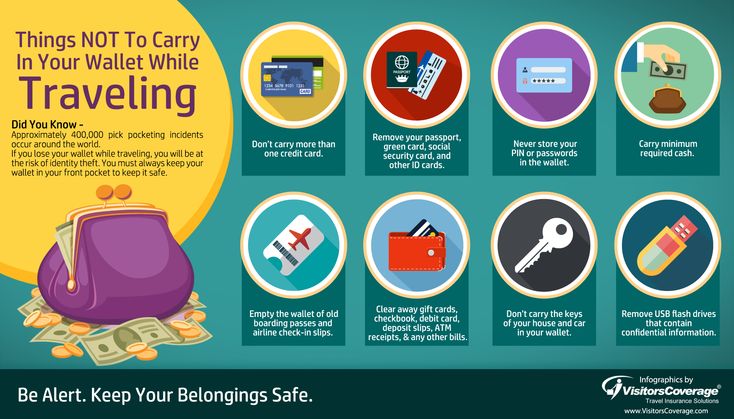 Many are accessible through a site or app, like UrbanSitter, Care.com, and SitterCity.
Many are accessible through a site or app, like UrbanSitter, Care.com, and SitterCity.
In places where you have friends, you may want to ask them to connect you with a sitter. You can also ask your Airbnb host or the hotel concierge for recommendations.
Whatever you choose, make sure you’re comfortable with the process and the person watching your child. Remember: it’s your baby!
Photo by Steven Van Loy on Unsplash
Choose an easy destination
Select a relaxing destination that’s used to the very youngest travelers. Skipping the loud, crowded, overstimulating, touristy destinations will make things more bearable for everyone.
Consider a beach retreat or a resort with larger rooms or family suites, ideally one that offers infant care sufficient for you to have some alone time.
Eventually the crowded, overstimulated, plenty-of-activity kind of resorts will be just what the family needs. But for now, just keep it simple and make the adjustment period more enjoyable for everyone.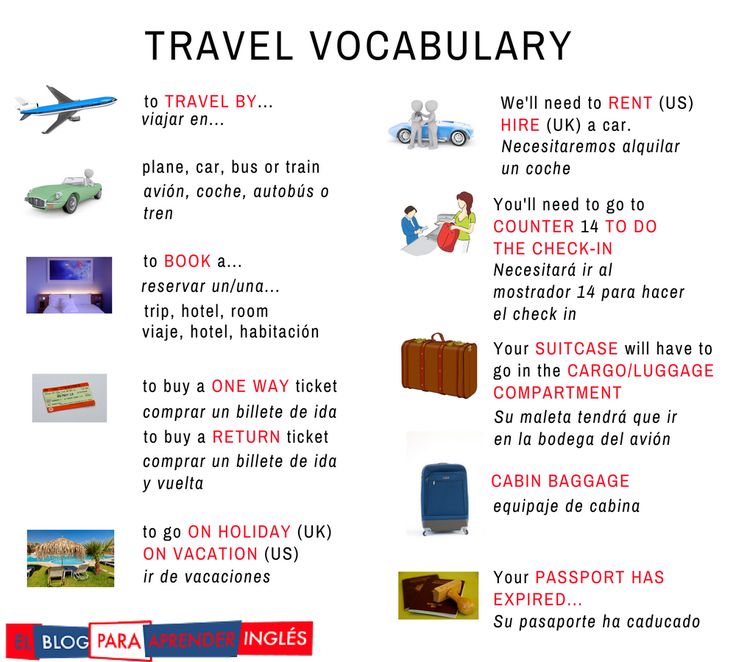
Simplify your schedule
If you limit yourself to one activity a day, you’ll find it much easier to make last-minute adjustments.
Also, “end your day early, so everyone has time to unwind,” Zuniga says. “Even when you’re on vacation, you have to catch up on rest whenever and wherever you can!”
Similarly, if an activity or meal is a fail, don’t try to push through it. Go back to your lodgings and give something else a shot later on.
Take care of yourself
You’ll have more energy and stamina – and enjoy the trip more – if you take care of yourself when you travel.
Resist loading up on sugary snacks, and falling into “I’m on vacation so I’ll eat anything I want” mode. Reenergize with exercise; for instance, do some easy foot lifts while you’re seated.
Take turns
Make an agreement with your significant other to give each other vacation days during the vacation, where one will watch the kids while the other does something fun.
Trust yourself
“Babies can really feed off your energy,” Brewer says.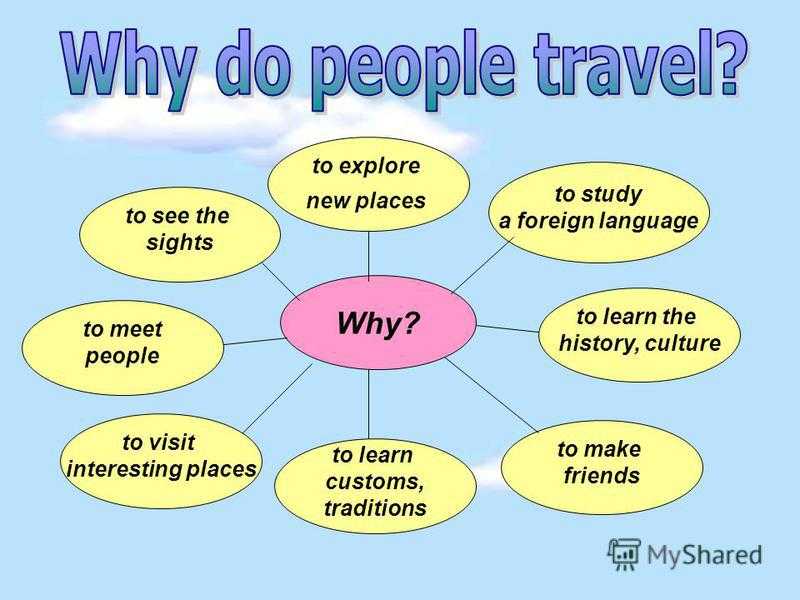 “But as a parent you know the best ways to calm and soothe your baby. You just have to trust yourself.”
“But as a parent you know the best ways to calm and soothe your baby. You just have to trust yourself.”
If you feel the situation getting out of hand, close your eyes and take a few deep breaths. You’ve got this.
Chill
If you haven’t already figured it out, so often the best advice is to relax and stay flexible.
“We’ve had some bad trips where we were up at night with a screaming baby in a hotel, and you know what? We just changed our style,” Brewer says. “We slowed down, we experimented, we talked about what worked and what didn’t, we went back to our Airbnb for naps, and it was wonderful.
“Just don’t give up.”
The rewards of traveling with a newborn
Ultimately, traveling with an infant lets you view the journey from a new perspective, to align yourself to a less frantic pace.
Plus, as Brewer says, “When you do it young, it helps build your confidence as a parent. You know if you can handle all that baby stuff when you’re traveling, it doesn’t seem like such a big hill to climb when all of a sudden they’re teenagers and you want to take them on a trip.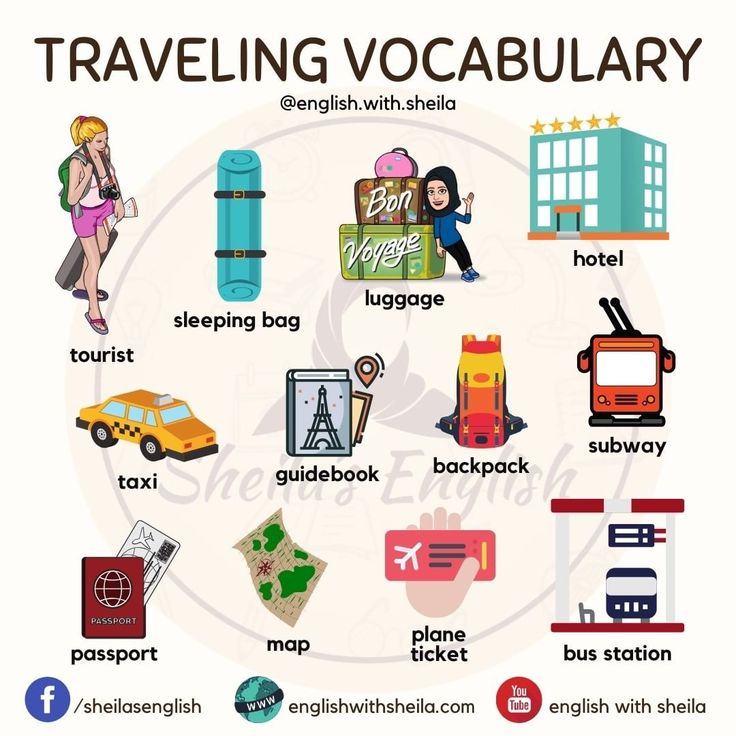 ”
”
“You’ll never regret it,” Brewer concludes – and the knowledge that you can travel safely with a newborn makes it that much more rewarding.
QUESTIONS ABOUT TRAVEL INSURANCE?
Check out our online guide, "What Is Travel Insurance All About?" We’ve provided in-depth answers to all your travel insurance questions, starting with the basics.
Check out the guide!
When Are Babies Old Enough to Fly on Planes? (Rules for Flying with Baby)
How old should my infant be before I take him on an airplane? I am due in November and would like to visit family for the holidays.
Assuming that both mother and baby are healthy, you can travel when your infant is two weeks of age. In some cases, you can fly even sooner than that, but I would recommend holding off if it's not absolutely necessary.
When you have a newborn and have the itch to travel, you may be wondering when the right time is to bring them on board. There can be all types of concerns from feedings to exposing babies to potential illnesses. Parents these days have even more concerns about air travel with babies since the coronavirus began.
There can be all types of concerns from feedings to exposing babies to potential illnesses. Parents these days have even more concerns about air travel with babies since the coronavirus began.
We're going to take a look at some common concerns many new parents have when deciding when their newborn should become a first-time flier as well as some helpful travel tips.
Rules for Traveling with Newborns on Planes
The TSA does not have a standard rule for when newborns can fly on planes. While it is under the parent's discretion, airline policies vary for how old babies have to be. Many require babies to be at least one week old unless there is a note from the pediatrician. Many pediatricians will not recommend air travel for babies until they are 3-6 months old.
Babies are allowed to sit on a parent's lap and do not require their own airplane seat under two years of age. Some airline policies do charge a fee for international travel even when a seat is not purchased for a baby. It's best to check with your carrier for specific rules.
It's best to check with your carrier for specific rules.
Some parents choose to buy their baby their own seat, especially for long flights. This allows for the baby to be in an FAA-approved car seat or airplane harness device installed with the airplane's seat belt. Booster seats cannot be used on airplanes.
For international flights, plan on having a passport for your infant. The TSA does not require identification for children under two for domestic flights. But it is a good idea to bring your baby's birth certificate just in case there are any questions about age or identification.
Illness and Air Travel with Babies
First, you are exposing the baby to possible infections on a crowded airplane. Colds and the flu are transmitted easily in a closed airplane cabin with recirculated air, and those viruses are much more dangerous to a baby at a week or two of age than one who is four or six months old.
Breastfeeding transfers many protective antibodies to a baby, however, and may help make her less susceptible to infections.
If your baby is showing any signs of illness, you should avoid any air travel until their immune system gets stronger. You'll also want to make sure your baby is up to date on their vaccinations before traveling internationally. You can check the requirements and ask your pediatricians.
COVID-19 and Flying with Your Baby
With the introduction of vaccines for COVID-19, family travel is making a comeback for many, even those with newborns. But some parents are still concerned about whether it's safe to fly with a new baby.
The decision is going to depend on your comfort level. As of this writing, COVID vaccines for babies have not been approved which makes some parents afraid to travel with a new baby.
If you must fly with a baby, the American Academy of Pediatrics recommends looking for direct flights that will limit the need to walk through busy airports and change planes. Also, look for destinations that have a shorter flight. You'll also want to bring along plenty of disinfectant wipes to clean any high-touch areas.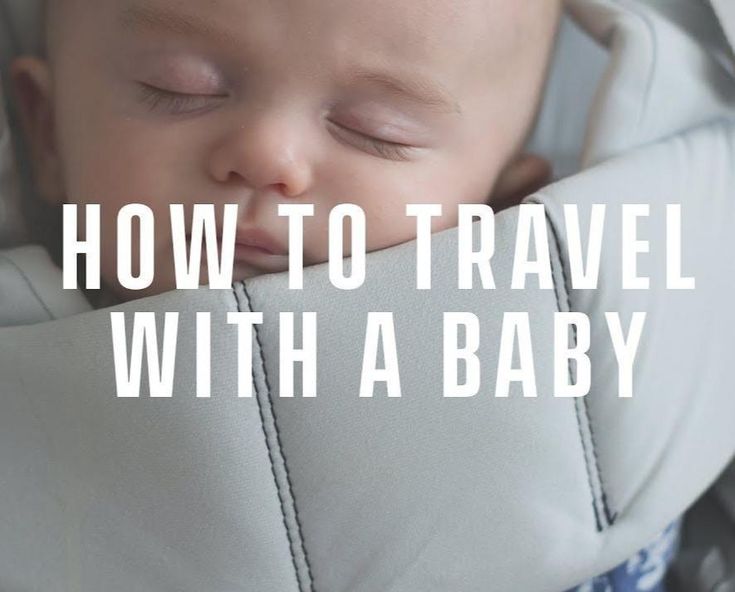 We all know babies love to touch things and put their hands in their mouths.
We all know babies love to touch things and put their hands in their mouths.
Despite taking cleaning precautions and aiming for shorter flights, if flying with a baby during the pandemic doesn't make you totally comfortable, opt for a trip that can be taken by car. This way you're not sharing space with strangers and have more control over the situation.
Managing Your Baby's Crying and Schedule While Flying
Babies are notoriously unpredictable in the first few weeks, with irregular sleeping, feeding, and crying times. While this can certainly be managed, it may be very draining to mom and dad to travel before a baby has "settled." Some babies do this by two weeks, others not until three months. You're going to have to be the judge of when you think your baby has settled.
Even when your baby seems to be in a routine, getting on a plane can bring out the worst in them. We've all heard stories about airline passengers yelling at crying babies. While you can't control when your baby is going to have an outburst or start crying, you can make sure they have plenty of food and something to soothe them.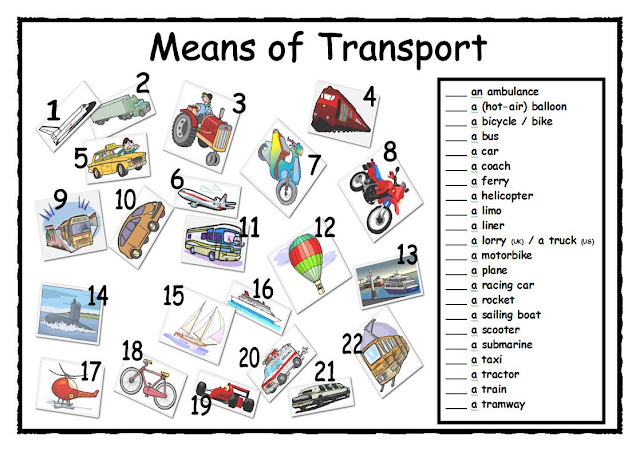 Pacifiers or a "lovey" never hurt and can help little ones get some needed Zen while on a plane. Be sure to pack more than one pacifier in your diaper bag and have some options when it comes to toys and soothers. Babies can get bored quickly, so anything "new" can help.
Pacifiers or a "lovey" never hurt and can help little ones get some needed Zen while on a plane. Be sure to pack more than one pacifier in your diaper bag and have some options when it comes to toys and soothers. Babies can get bored quickly, so anything "new" can help.
Mom's Well-Being While Flying
Mom should be healthy and recovered from the delivery before attempting family travel with a newborn. Women are at greater risk of problems, such as blood clots in the legs after delivering a baby. Sitting for a long period on an airplane only increases this possibility. If you travel that early, you should wear support hose, drink plenty of fluids and get up frequently during the flight to walk and stretch.
Birth Complications and Flying with a Newborn
If there were any problems or complications with the delivery, then airplane travel should be avoided until the pediatrician approves. Premature babies, and babies who had respiratory or feeding problems in the first week, fall into this category.
Safety Tips for Newborns
Whenever you decide to fly with your newborn, you want to keep some safety tips in mind. Changing cabin pressure during a flight can hurt your baby's ears when there is pressure in the middle ear. To ease the pain, you can offer your baby a bottle or pacifier to suck on during takeoff and descent. This will help to equalize the pressure.
Besides air pressure, you also want to consider cabin noise. It may be loud, especially during takeoff. Cotton balls or small earplugs can help to limit your baby's exposure to the noise and help them sleep better.
As we mentioned above, you're not required to purchase a seat for your baby, but it's often recommended so that they can be secured rather than on your lap. A child is best protected when properly restrained in a car seat that has a label stating that it has been approved by the Federal Aviation Administration. Although you can't use booster seats on the plane, they can be checked as luggage, usually without baggage fees.
Checklist for Traveling with Babies
Once you decide your baby is ready to fly, there are several things you're going to want to bring along to make the trip more enjoyable for everyone. We’ve assembled this helpful travel checklist for babies and toddlers.
- Change of clothes: We all know babies are not the neatest little people. Having a change of clothes or two or three will make life easier when those spills and messes happen.
- Bibs and Blankets: You want to have a few bibs and blankets on hand for the flight. You can put the blanket over your baby when they're on your lap and use the bibs for feeding time.
- Stroller: Having a stroller can make toting your baby around the airport easier. Some parents also use baby carriers. But a stroller can be checked at the gate, making life easier.
- Baby Food: Be sure to have enough formula or breast milk for your baby. You can breastfeed on the plane, but if bottle-feeding is going to be easier, you want to bring enough.
 Breast milk is not subject to the TSA rule on liquids. Quantities greater than 3.4 ounces or 100 milliliters are allowed in carry-on baggage and don't need to fit in a quart-sized bag. The same goes for formula.
Breast milk is not subject to the TSA rule on liquids. Quantities greater than 3.4 ounces or 100 milliliters are allowed in carry-on baggage and don't need to fit in a quart-sized bag. The same goes for formula. - Toys and Pacifiers: While you won't need tons of toys with a newborn, you still want to bring something to keep them occupied. As we mentioned above, pacifiers are also a good idea, especially if you need to soothe your baby during a crying fit.
- Plenty of Diapers: You don't want to run out of diapers in the middle of the ocean! Be sure to pack more than you'll ever need. You also want to have enough for your trip, especially if you're going to another country where the brands and varieties are going to be different. Using different diapers can irritate your baby's skin and that is going to put a damper on your trip. Store extra diapers in your suitcase but be sure to have enough for the flight. Also, bring a changing pad because changing your baby in an airplane bathroom can be anything but fun.
 If you have a foldable changing pad with you, you can put it on your lap or have a traveling partner help out too. This makes mid-air diaper changes a little easier.
If you have a foldable changing pad with you, you can put it on your lap or have a traveling partner help out too. This makes mid-air diaper changes a little easier. - Wipes: Besides antibacterial wipes to clean surfaces, you'll also want to have baby wipes with you. This is not only for diaper changes, but also to clean your baby's hands while flying.
- Car Seat: If you're not using a car seat on the plane, be sure to check one to use when you arrive. You want your baby to be safe when you're getting around at your destination.
- Infant Acetaminophen or Ibuprofen: You never know if your baby is going to get sick when you're traveling. Your destination may not have this medicine and you don't want to be left searching for it. You should also bring a baby thermometer with you in case your baby spikes a fever anytime you're traveling.
The Bottom Line
Obviously, there are many factors to consider when making plans to travel with a newborn.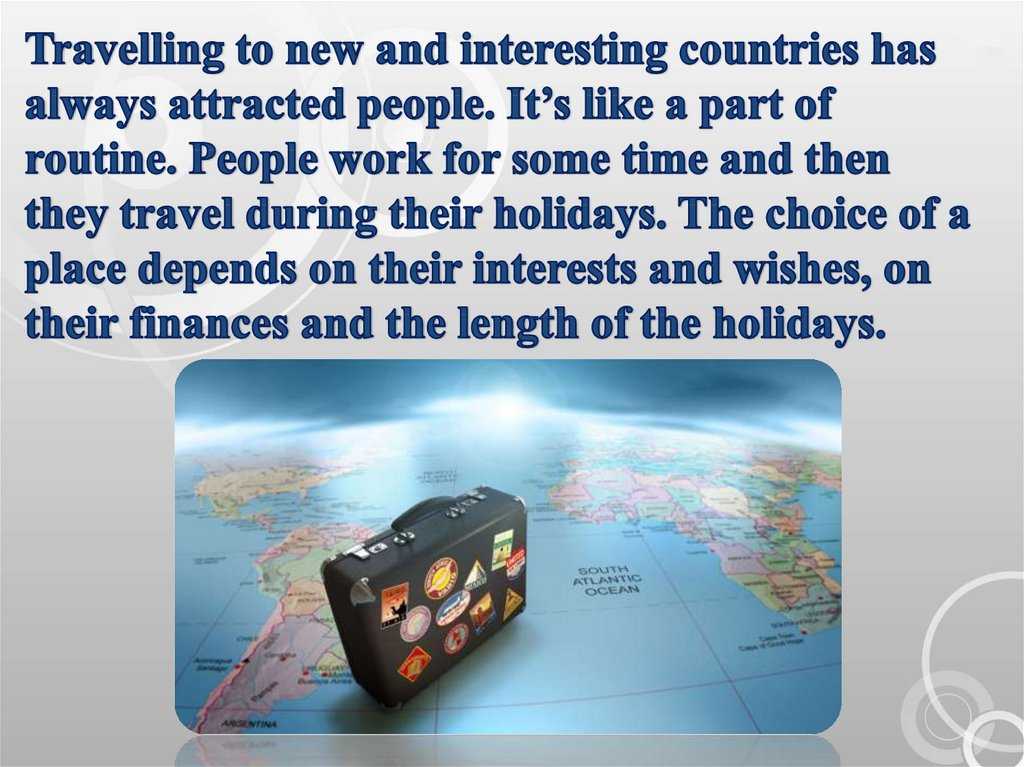 A one- or two-hour flight is less problematic than a six- or seven-hour, transcontinental or transoceanic flight. It's often recommended that the baby has her first visit with the pediatrician before traveling.
A one- or two-hour flight is less problematic than a six- or seven-hour, transcontinental or transoceanic flight. It's often recommended that the baby has her first visit with the pediatrician before traveling.
And if you need to travel while you're still pregnant, check out our tips on traveling during pregnancy.
Flying with a baby: everything you need to know
July 04, 2019, 21:00
Air travel is always a hassle associated with fees, waiting for departure and, in fact, the road. A trip with a child is a doubly fuss, as children endure the wait and the road is more difficult than adults. Well, a flight with a baby runs the risk of turning into hell if you don’t prepare properly in advance. Tengri Travel has collected for you the basic and most important information about flights with young travelers. nine0004
At what age can you fly? Airlines are listening to the recommendations of the World Health Organization. In the first 48 hours of a child's life, they are not allowed on board; officially, newborns can fly by plane seven days after birth. But some airlines may have their own rules and exceptions. Therefore, we advise you to find out all these questions in advance by directly calling the call center of a particular airline. Of course, in each case it is necessary to obtain permission from a doctor, at the airport, by the way, they may be asked to present this certificate, so do not forget to take it with you. nine0004
In the first 48 hours of a child's life, they are not allowed on board; officially, newborns can fly by plane seven days after birth. But some airlines may have their own rules and exceptions. Therefore, we advise you to find out all these questions in advance by directly calling the call center of a particular airline. Of course, in each case it is necessary to obtain permission from a doctor, at the airport, by the way, they may be asked to present this certificate, so do not forget to take it with you. nine0004
So let's start with preparation. First of all, and before booking tickets, try to contact the airline to clarify all your questions, warn about a small passenger and find out the details. In this case, the airline can help you find the most comfortable seats.
Infant tariff (infant) - for children from zero to two years. Children travel without a seat, in the arms of an adult. If the trip is not very long, then parents, as a rule, refuse an extra seat for the newborn, you can simply hold it in your arms.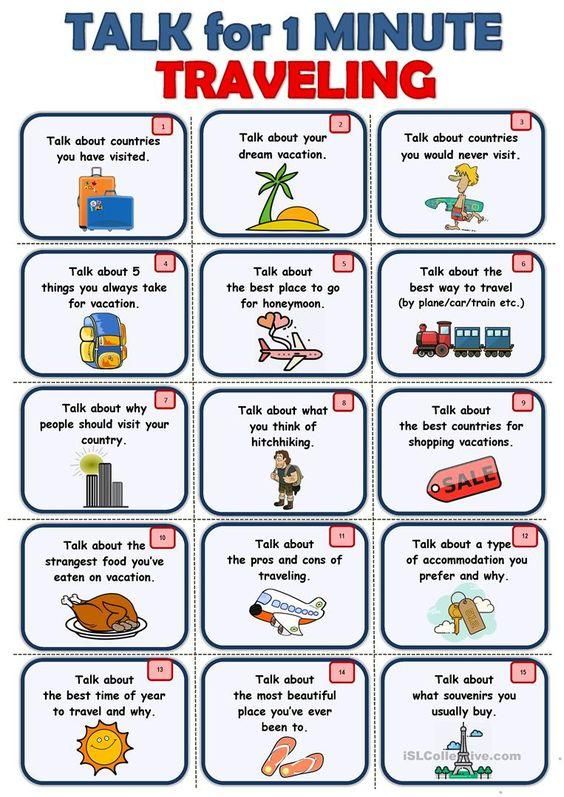 For a baby sitting on an adult's lap (if he can already sit), the stewards will provide an additional seat belt that mom (or dad) can fasten him during takeoff. If the newborn is very small, you can take a car seat with you on the plane, in this case it would be advisable to book an extra seat so that you can fasten it with a seat belt during takeoff and landing. Most often, for an infant, ten percent of the ticket price for an adult is paid extra. Some airlines provide free flights. nine0004
For a baby sitting on an adult's lap (if he can already sit), the stewards will provide an additional seat belt that mom (or dad) can fasten him during takeoff. If the newborn is very small, you can take a car seat with you on the plane, in this case it would be advisable to book an extra seat so that you can fasten it with a seat belt during takeoff and landing. Most often, for an infant, ten percent of the ticket price for an adult is paid extra. Some airlines provide free flights. nine0004
Children's tariff - for children aged 2-11. As soon as babies turn two years old, they start traveling at the child (child) fare, which is 50-75 percent of the adult fare. It involves a separate seat for a small passenger, as well as baggage check-in according to adult standards. The child rate also applies to children under two years of age if parents purchase a separate seat for them.
Children over 12 years of age fly at full price but may qualify for special airline youth fares, if available. nine0004
nine0004
If you are flying abroad with a child, do not forget to make a separate passport for the little traveler in advance, and also take care of visas. If the child is traveling with only one of the parents or with another relative, check what documents and powers of attorney are needed to pass the border.
At the airport. Arrive early to check-in to avoid the queues and get the best seats, feel free to ask to skip the line. Sometimes the airport staff themselves offer to do this, sometimes you need to ask yourself, in any case, the probability of refusal is minimal. Almost every airport has a children's room. There you can find comfortable chairs for feeding, changing tables, a microwave and a playpen. If time allows, be sure to look there, you can relax after the queues and checks. Airplanes on long flights have toilets designed for diaper changes. There may be children's coloring kits on board - ask the flight attendants about this. nine0004
On the plane. Takeoff and landing are the most unpleasant moments. We all experience discomfort caused by pressure differences during altitude changes. If the child has a stuffy nose or problems with the ears, then the discomfort will only intensify, so consult your doctor in advance about special drops. It is more comfortable for babies to spend this time with their mother in her arms with a pacifier or a bottle. Older children need to swallow from time to time. At this time, lollipops or juices work flawlessly. Bright books, coloring books, cartoons or games on the tablet will help you keep your baby in place for the required time. nine0004
Takeoff and landing are the most unpleasant moments. We all experience discomfort caused by pressure differences during altitude changes. If the child has a stuffy nose or problems with the ears, then the discomfort will only intensify, so consult your doctor in advance about special drops. It is more comfortable for babies to spend this time with their mother in her arms with a pacifier or a bottle. Older children need to swallow from time to time. At this time, lollipops or juices work flawlessly. Bright books, coloring books, cartoons or games on the tablet will help you keep your baby in place for the required time. nine0004
What you are allowed to take on the plane. Suitcase. Even if a baby flies in the arms of an adult, he is entitled to a piece of baggage. A children's suitcase can weigh up to 10 kilograms, and the sum of its length, width and height should not exceed 115 centimeters. A small suitcase for hand luggage is suitable: the requirements for them are the same.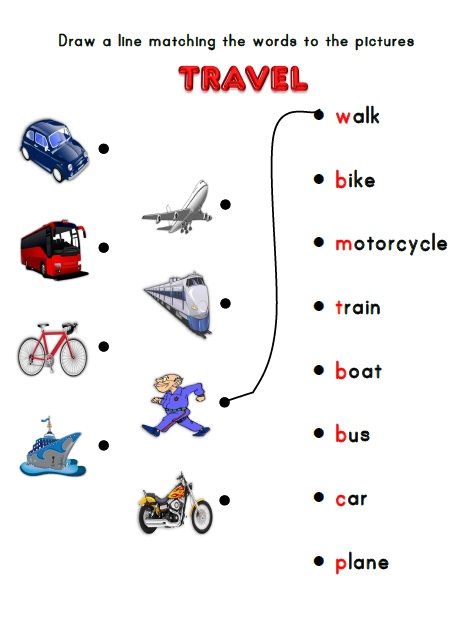
Stroller. In addition to a child's suitcase, you can take your own stroller on the flight. There are few requirements: weight up to 20 kilograms and lack of factory packaging. If you bought a new stroller while traveling, be sure to unpack it. At the check-in desk, the chassis and carrycot of the stroller will be marked with special tags - DAA, Delivery at Aircraft. Such a stroller is checked in as baggage at the gangway or in the aviation sleeve. They return it at the door of the plane or with the rest of the luggage - it all depends on the airport. nine0004
First aid kit when traveling with a child must be stocked in advance with the medications the child is currently taking, if necessary, as well as specific medications that may be required during the flight: nasal drops to prevent stuffy ears, indigestion and antipyretics. Hand luggage must contain disinfectant wipes or gel. This is what you need to take on board, and keep drops on hand to bury before takeoff and landing.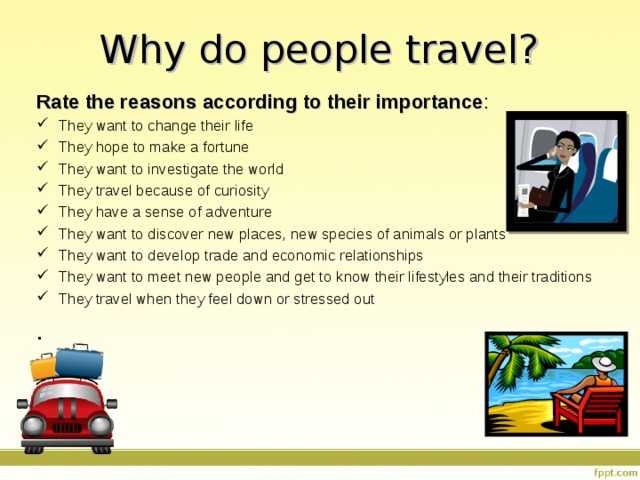 For further rest, provide drugs, taking into account the characteristics of the region where you are going (tropics, mountains, and so on), it is advisable to discuss all medications with your doctor and take all the certificates and pharmacy checks with you. nine0004
For further rest, provide drugs, taking into account the characteristics of the region where you are going (tropics, mountains, and so on), it is advisable to discuss all medications with your doctor and take all the certificates and pharmacy checks with you. nine0004
Baby food must be prepared in advance and taken from home, even if the carrier provides a service for ordering baby food on board. The baby may want to eat before departure, and takeoff may be delayed. Do not be afraid to take liquids on the plane. Their screening will be thorough, but jars for children are almost always allowed on board.
Take a few sets of clothes with you. It should be light, comfortable, without chafing seams. Shoes should be easy to put on and take off. It can be hot or cold on the plane - think about this moment. Take a change of clothes for the child and a t-shirt for yourself. nine0004
If you are afraid that your baby will destroy the whole plane, and at the same time the psyche of passengers, then you can try to spend all his energy before the flight.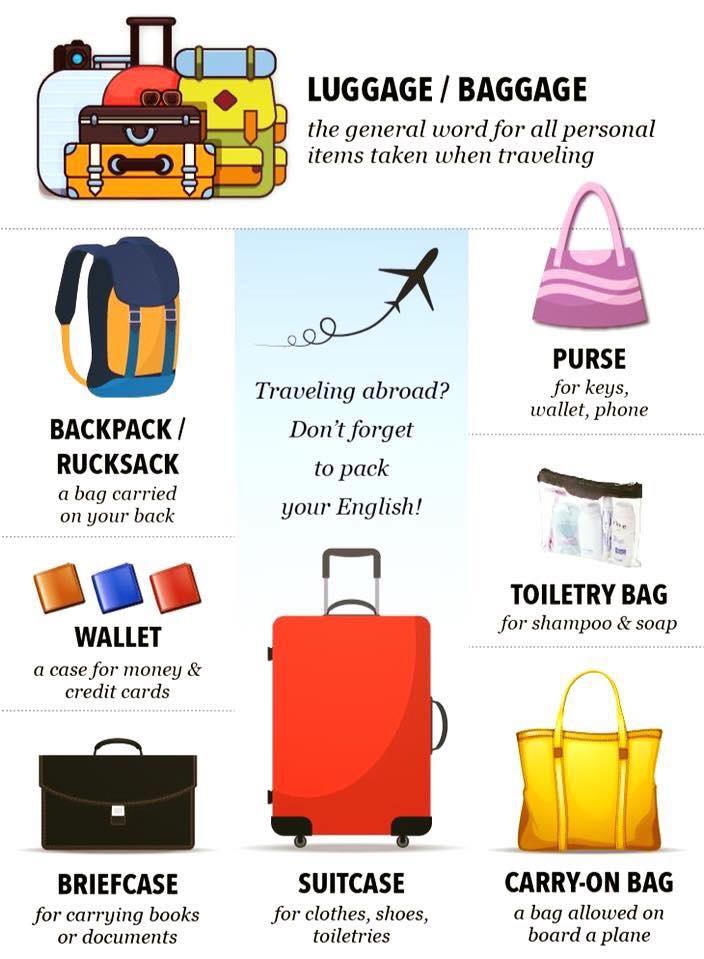 Wake him up not just before leaving for the airport, but much earlier. In the waiting room, do not sit in armchairs, but walk, go to the playground. Follow these simple rules, and a rosy-cheeked and slightly tired baby will enter the plane, who, of course, will be worried before takeoff, but then will fall asleep very quickly.
Wake him up not just before leaving for the airport, but much earlier. In the waiting room, do not sit in armchairs, but walk, go to the playground. Follow these simple rules, and a rosy-cheeked and slightly tired baby will enter the plane, who, of course, will be worried before takeoff, but then will fall asleep very quickly.
In general, the best thing you can think of for a child on a trip is to play a real adventurer, explore the country or city you are going to. Let him fall in love with airports, excursions, new dishes, an unusual language and other delights of the road from childhood. nine0004
You can buy air tickets at the most reasonable prices and with a minimum waiting time between flights on the Aviata.kz website. Tourists who plan their own trips will be able to save search time and will be able to compare different price offers on one site and choose the tickets that are most affordable and affordable. Aviata.kz not only sells tickets, but also shows the cost of tickets on other sites, if they are cheaper.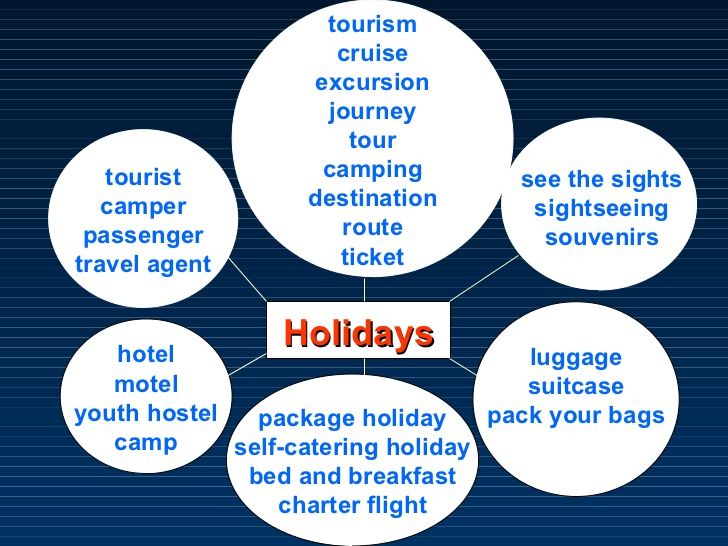
The material was prepared with the support of Aviata.kz
What is necessary and important to take with you on a trip
Views: 2 713
Last update date: 06/23/2022 G.
average reading time: 13 minutes
Content:
Summer holiday with a child
Traveling with a child: plane, train or car?
Car
Airplane
Train
First aid kit for traveling
Holidays with children at sea, in the country and in nature: what should be taken into account? nine0095 Bathing and water treatments
Protection against insects
Clothing for the summer
Hygiene products: what to take on vacation with children?
References
The long-awaited summer has come, the holidays are ahead, and you are ready to put aside all worries and relax. In order not to run to the shops at the last moment in search of the right things for the child before the trip, prepare everything in advance.
What is important to take with you if you are traveling with small children? You may have already made a list. Fine! Then check if you forgot to put something important in your mom's bag. And we will help you with this. In our article, we will tell you what to look for when preparing a small child for a trip that he may need at road and on vacation.
Traveling with a child: plane, train or car?
At first glance, it seems that a trip is a trip, and the mode of transport can be ignored. In fact, different conditions await you in the plane, car and train. Let's talk about how to prepare for the trip, depending on the type of transport.
Car
Remember that traveling by car with children under 12 years of age is only permitted in a special restraint device, such as a car seat, which is selected based on age and weight. It ensures safety during the movement of the car: braking, turning and maneuvering 1 .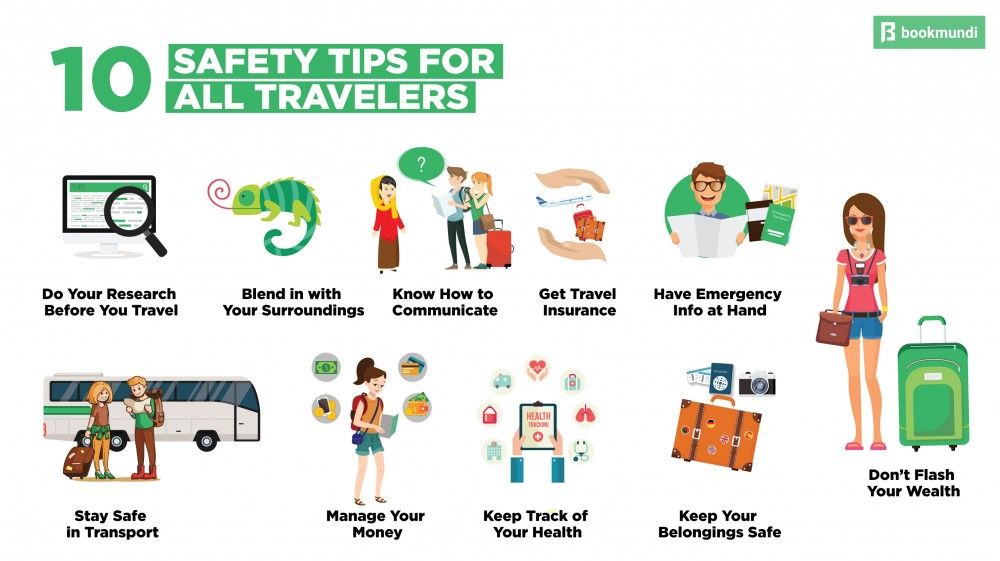
Bring enough water and food for your child . Cooler bag solves the problem of perishable baby food 14 . If you do not have it, choose as a snack food from this list 14 :
- fresh vegetables (cucumber, carrot), hard fruit (pear, apple)14 (from 9-10 months in a finely ground state) 17 ;
- cookies (children - from 6 months) 14.17 ;
- jelly candies 14 (children over 1.5 years old) 18 ;
- dried fruits 14 (children of school age) 18 .
In the road the baby can get dirty. When changing a diaper, use clear water, Mild Cleanser pH Neutral, or 7 Cleansing Wipes such as JOHNSON'S® Baby Wet Wipes Unscented Top-to-Heel Wipes that are 97% are pure water. They easily and gently remove dirt from the baby's skin without causing irritation. JOHNSON'S® Fragrance Free Toe Toe Baby Wipes are perfect for long trips with your newborn or older kids. The handy lid on the pack prevents wet wipes from drying out, so you can count on them if you don't have clean water on hand.
JOHNSON'S® Fragrance Free Toe Toe Baby Wipes are perfect for long trips with your newborn or older kids. The handy lid on the pack prevents wet wipes from drying out, so you can count on them if you don't have clean water on hand.
Aircraft
Not all airlines require you to buy a separate ticket for a small child (under 2 years old), in such cases, he will fly in your arms 13.15 . But it will be safer if you pay for a separate seat on the plane for your child, so that in case of shaking, he will not be scared 13.15 .
The American Academy of Pediatrics and the US Federal Aviation Administration recommend that infants be placed in a rearward facing seat or car seat 15 (with their back to the passenger seat opposite). Children over one year old can be transported in the same chair, but already facing in the direction of travel 15 . A pre-school child must be seat belted in the passenger seat 15 .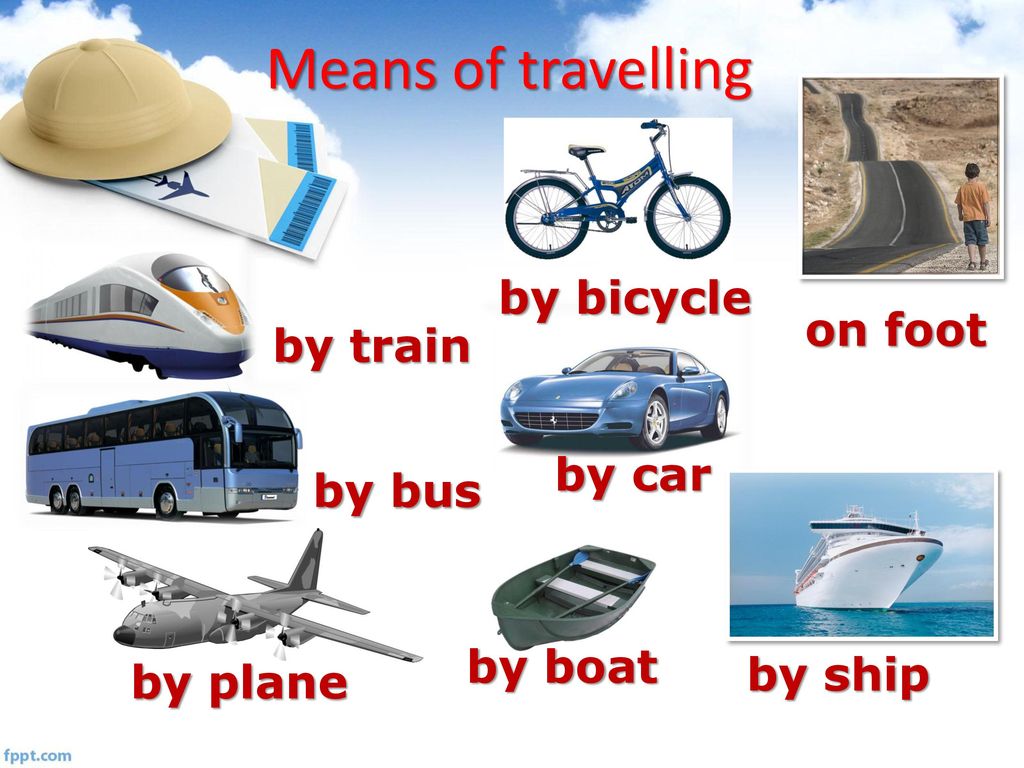
For a comfortable flight with small children, you can use the following tips:
- Try to adjust the baby's sleep schedule for the upcoming flight - it will be easier for you and passengers. Just in case, take his favorite toys, books, a tablet with cartoons with you to keep the child busy if he still does not fall asleep 13 .
- Be sure to let your child drink plenty of water as you breathe dry, air-conditioned air in the car. Drinking non-carbonated water can be requested from the stewardess 14 .
- Use the rule of layering in your clothes. While waiting for a flight, during the flight and upon arrival, you may encounter temperature fluctuations, so it is convenient and practical to dress your child in several layers. Top layers can be removed or worn again. Take along a few spare sets of clothes and bags where you can put soiled things 13 .

Your baby may experience ear discomfort during takeoff and landing. In such cases, discomfort can be relieved by breastfeeding or bottle feeding 13.16 . A pacifier will also come to the rescue 13 ,16 . Older children can drink water from a glass 16 .
Train
The train usually takes several hours and sometimes several days. If there is a child with you on the trip, you need to take care of what and how he will eat 14 :
- Prepare food in advance that won't spoil 14 . In addition to the main meals, it is worth adding a few snacks to your baby's usual time 14 .
- If you have introduced complementary foods to your baby, breastfeed after each feed 17 .
- Add spices (dill, basil, cilantro) to children over 2 years of age if they have no appetite 19 , reduce serving size but increase number of feedings 14 .

- Don't forget drinking water. It is better to buy it in advance, as non-carbonated drinks may not be available on the train or at the stations. Babies under 3 years old should be given 50 ml per kilogram of weight, and children over 3 years old - 80 ml per kilogram 14 . Even though the weather is hot, give your children drinks at room temperature, as cold juices or water can trigger colds 14 .
Sometimes a child may have trouble sleeping after traveling. This is due to non-compliance with the established mode 10 . Massage 9 will help calm your baby and prepare him for sleep.
JOHNSON'S® Baby Oil "Cotton Tenderness" is perfect for massage. It does not contain parabens, dyes, phthalates. Its light texture absorbs quickly, while the "scent of happiness" 20 promotes its multi-sensory development 21-24 .
Travel First Aid Kit
Pack a small travel first aid kit when you go on vacation.
To add some medicines to it or collect a first aid kit for all occasions, consult a pediatrician or your family doctor - he will select preparations that may be useful during a family vacation with children 13 .
Holidays with children at sea, in the country and in nature: what should be taken into account?
Climate change can affect children's bodies 5.8 . To make your baby's vacation fun, safe and healthy, consider the following rules. nine0004
A child in the sun: the first "acquaintance"
In warm sunny weather, relaxing on the beach or walking is allowed during hours when solar activity is low - before 11 am and after 4 pm. If the baby is not yet a year old, limit his exposure to the open sun. Infants have not yet developed protection from ultraviolet rays 9 , so it is much more useful at this age to harden them with diffused sunlight 5.9 .
After one year, babies can spend a little more time in the sun by taking precautions 9 :
- choose a hat (cap, kerchief or panama hat with a wide brim), sunglasses from a specialty store, and light clothes made of cotton and flax;
- Treat exposed areas of the body with sunscreen.
When choosing a sunscreen for children, be sure to check the age on the label and whether it is approved for infants 9 .
By the age of three, the mechanism of protection against UV rays is fully formed - at this age, children can take sunbaths. Spend them in the morning or evening 1-1.5 hours after eating. The first sun bath lasts 2-3 minutes, after a couple of days the time can be increased by another 2 minutes. Gradually the child will get used to being in the sun for 20-30 minutes 5 .
Bathing and water treatments
0010 children fresh water after each bath 5 . Do not let them run wet on the beach - this can cause burns 5 .
Insect protection
Children in the country spend a lot of time in contact with nature. From some of its representatives - mosquitoes and other insects - they need protection. Use repellents (insect repellents) in the form of a cream, milk, spray or wipes. It is important that the repellent is suitable for the age of your child 3 .
Summer clothes
If you are going to the country house in cool weather, do not wrap your baby too much, even if you are worried that he will freeze. Newborns are sensitive to overheating. It is better to choose clothes made of soft, natural cotton or blended fabrics that have good breathability. Also clothing should be comfortable and practical - without too many fasteners, folds or frills and not too tight 7 . nine0004
Hygiene products: what to take on holiday with children?
Don't forget to take everything you need for care with you on holiday with children:
- Diapers.
 Match the size exactly to your baby's gender 7 and take enough supplies for the duration of the rest. It is good if the diapers are with a special gel-forming material that has a high ability to absorb moisture. They help prevent skin contact with secretions 2 .
Match the size exactly to your baby's gender 7 and take enough supplies for the duration of the rest. It is good if the diapers are with a special gel-forming material that has a high ability to absorb moisture. They help prevent skin contact with secretions 2 . - Special Barrier Cream . It should be applied to the buttocks and inguinal folds after every diaper change and bathing 2.9 . JOHNSON'S® Baby Diaper Cream contains zinc, shea butter and natural olive leaf extract.
- Shampoo or bathing foam . Soap and some ingredients in bath products can cause irritation 2 , so choose , specially designed for the little ones. JOHNSON'S® Cotton Tenderness Baby Shampoo and Bathing Foam can be used from the first days of life to gently cleanse baby's skin and hair. It is free of parabens, sulfates, phthalates and dyes, does not disturb the natural development of the skin microbiome 4 , washes off easily and leaves no residue.

- Moisturizers and emollients (emollients). nine0106 In order for the skin to fulfill its protective function, it is important to help them by regularly moisturizing 9 after bathing. JOHNSON'S® Cotton Softness Baby Face & Body Milk absorbs instantly and keeps baby's skin hydrated for 24 hours.
Pay close attention to the area under the diaper or diaper. The skin here is exposed to moisture, from which it often becomes sensitive and prone to damage 2,6 , and becomes inflamed when an infection enters. This is how diaper dermatitis occurs0127 2.6 .
To avoid diaper rash:
- Change diapers every 1-2 hours - in the morning after the baby wakes up, after each feed, after bowel movements, before going to bed, 1-2 times a night 2 ,6,7 .
- Cleanse your skin regularly and thoroughly. After washing or bathing the baby, dry thoroughly with blotting motions using paper towels or soft cotton diapers 7 .
